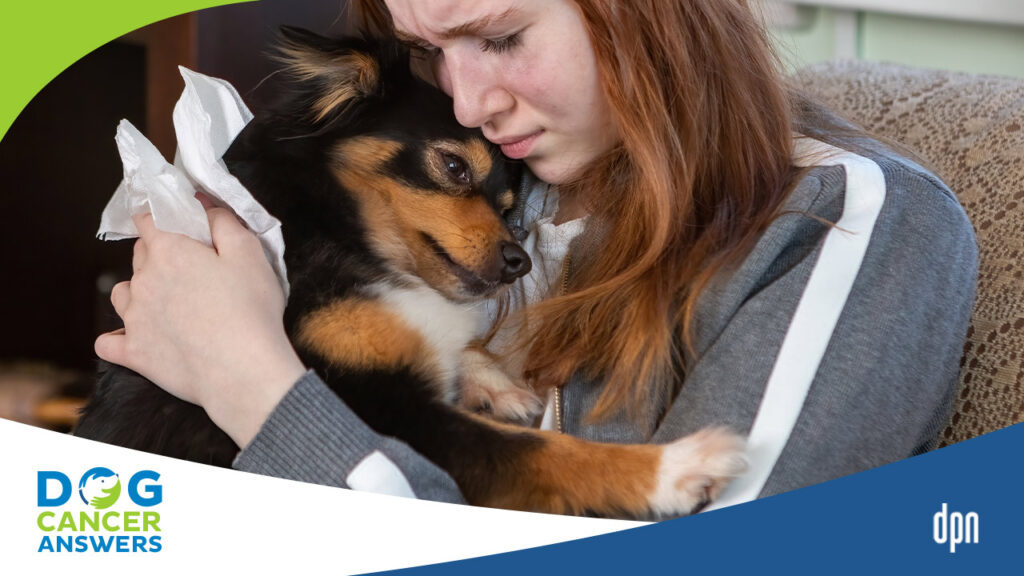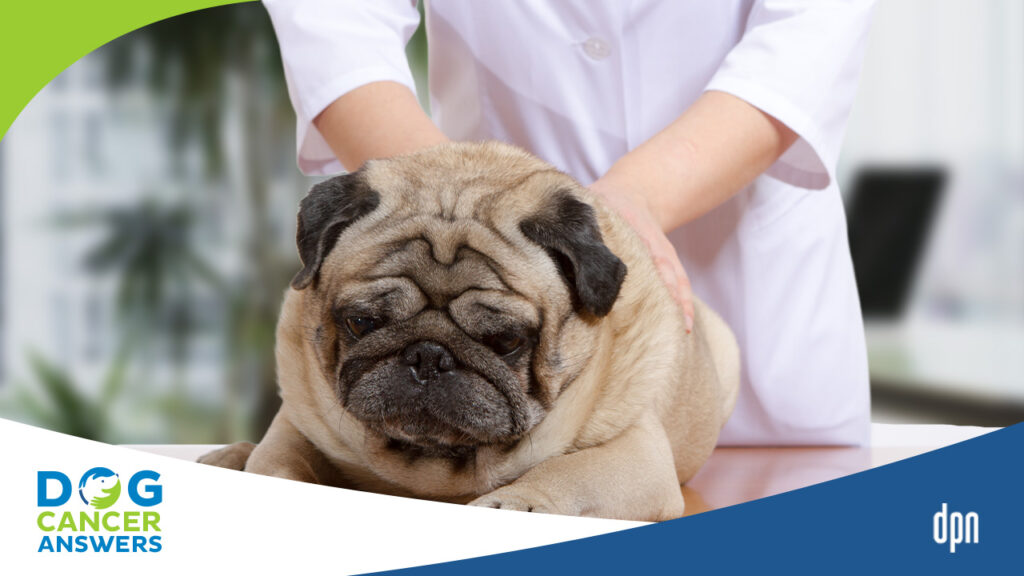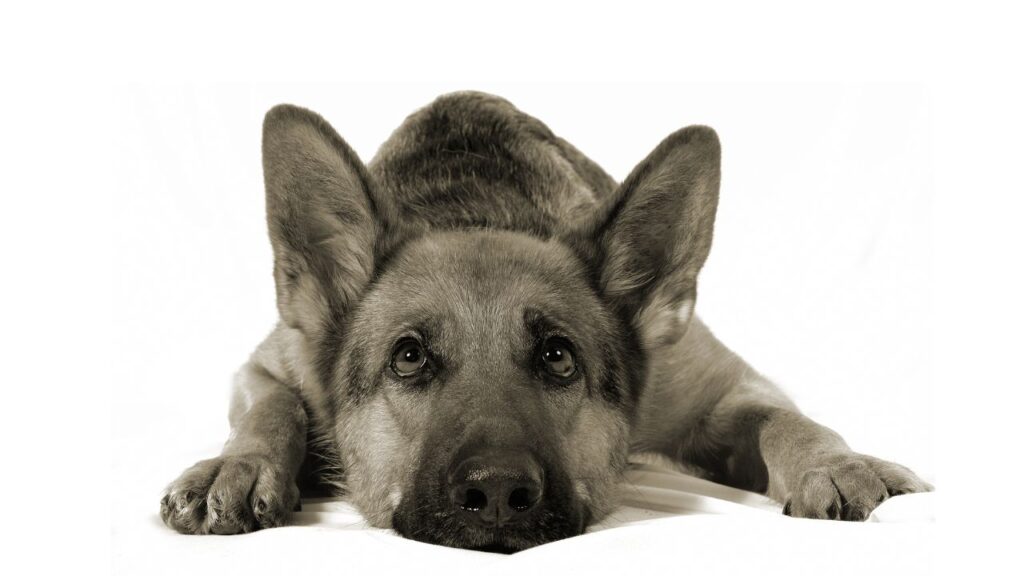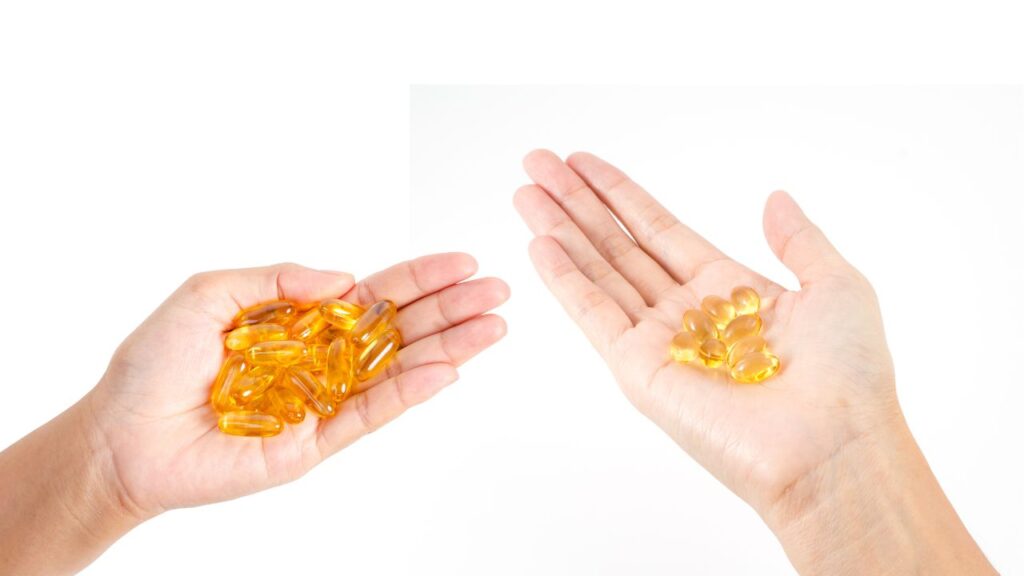Massage has been used for millennia in many countries and cultures, and many people enjoy its wellness benefits today. Massage for dogs is an excellent way to help your dog relax.
Key Takeaways
- Massage is good for dogs. It can help with reducing stress, pain, and swelling. It can even help improve heart function and the immune system.
- Massage therapy for dogs is similar to massage therapy for humans, using some of the same techniques.
- Give your dog a massage when they are already relaxed and calm.
- Use long, gentle strokes alongside their spine from head to tail. Also, consider their chest and shoulders. Stop or back off if your dog moves away or seems irritated.
- Massage should not be performed on dogs with open wounds, fractures, unstable joints, tumors, infections, or uncontrolled pain.
About Massage
Massage is the manipulation of soft tissues using hands or instruments for the purpose of relaxing muscles, relieving pain, and improving circulation. Massage for dogs is exactly the same … and your dog will love it.
There are several types of massage for humans: the long strokes of Swedish massage, the pressure of Shiatsu, the slow-and-steady of myofascial release, and many more. Components of some of these types are used in canine massage.
Benefits and Evidence for Using Massage with Your Dog
The veterinary community is beginning to incorporate massage in companion animal care in hopes of reaping benefits like those that human patients enjoy.
Dr. Narda Robinson teaches veterinarians massage therapy for animals -- here's why.
Massage May Help Reduce Stress
Studies in people show that massage can improve neurotransmitter levels, relieve stress and anxiety, boost the immune system, and more. This suggests massage may be useful in dogs for pain and anxiety relief and being part of a comprehensive treatment plan for intensive care.1
Massage May Help Reduce Pain
Massage can reduce musculoskeletal pain and improve overall quality of life. For example, one study looked at 527 dogs receiving therapeutic massage as part of their treatment for pain from muscle, bone, or joint conditions. Their owners and veterinarians ranked the dogs’ pain scores lower – and their quality of life higher – after massage treatments.2
Massage May Help Reduce Swelling and Help Movement
Because massage impacts muscle tissue, circulation of blood and lymph, and the function of the nervous system, it is helpful in reducing edema (swelling).
For patients in palliative or hospice care, and any situations involving prolonged recumbency (lying in one position), massage can aid in maintaining joint function and supple movement, and therefore decreasing pain.3
Massage May Help the Heart and Natural Killer Cells
A study of human breast cancer patients undergoing radiation treatment showed that massage decreased heart rate and blood pressure.
Even more encouragingly, massage improved the function of natural killer (NK) cells in these patients.4 Natural killer cells are an especially important part of the immune system in cancer patients – one of their jobs is to find and kill tumor cells. This suggests massage may have a beneficial effect in fighting cancer.
Massage May Help Reduce Side Effects from Other Treatments
Another study, this one at a large cancer treatment center, surveyed 1290 human cancer patients both pre- and post-massage. Fifty percent had a decrease in symptoms like pain, nausea, fatigue, anxiety, and others.5 This indicates massage can be helpful in controlling side effects of cancer and its treatment, too.
When to Not Use Massage
Although massage has many benefits, sometimes your dog should not receive massage therapy. Avoid massage:
- over open wounds
- over fractures
- over unstable joints
- directly over tumors
- around an infection
- if your dog has a fever
- if your dog has uncontrolled pain (once it is controlled with medications or other treatments, massage may be added to the treatment plan)
Additionally, use it with caution if your dog is on blood-thinning medications, as bruising or internal bleeding can result.
Therapeutic massage, often considered part of rehabilitation therapy, should be performed by professionals with advanced training. Some states restrict this practice to people with certain certifications, and a referral from a veterinarian may be required.
How to Give Your Dog a Massage at Home
However, a gentle massage is something you can enjoy at home with your dog. By using healing touch, you can help your dog’s body and mind, while strengthening your bond at the same time. To practice simple, safe home massage for relaxation:
- Find a calm, quiet place and choose a time your dog is not anxious or fearful.
- Use long, gentle strokes (effleurage) from the top of his head to the base of his tail, with your flat hand.
- Be mindful of any areas of your dog’s body that are tense or that cause him to react. Be extra gentle there or avoid them altogether if he does not seem to enjoy being touched there.
- Gradually increase pressure to a more moderate level (the same level of pressure that feels pleasant if you stroke down your own forearm).
- Gently knead (petrissage) any “knots” you may find to encourage the muscle to relax and soften.
- If your dog shows pain or tries to move away at any point, stop the massage and instead (if he is interested), give your dog head scratches or tummy rubs – whatever type of petting he consistently enjoys.
How do you know if your dog doesn’t enjoy a touch, or doesn’t want to be touched in a certain place? Some dogs look back at you with concern. Others just sort of wiggle away, and others will just get up and leave. If your dog likes a touch, they will lean in and relax even deeper.
Videos To Watch About Massage for Dogs
These two videos are great places to start learning how to massage your dog.
Dr. Narda Robinson is a wonderful veterinarian who has developed great techniques for massage for dogs.
Jen Carver CVT and Certified Canine Massage Therapist demonstrates home relaxation massage in more detail in this longer video.
- Formenton MR, Fantoni DT, Pereira MAA. Small animal massage therapy: A brief review and relevant observations. Topics in companion animal medicine. https://pubmed.ncbi.nlm.nih.gov/29525233/. Published November 8, 2017. Accessed November 28, 2022.
- Riley LM, Satchell L, Stilwell LM, Lenton NS. Effect of massage therapy on pain and quality of life in dogs: A Cross Sectional Study. National Library of Medicine. https://pubmed.ncbi.nlm.nih.gov/34120345/. Published June 13, 2021. Accessed November 28, 2022.
- Corti L. Massage therapy for dogs and cats. U.S. National Library of Medicine. https://pubmed.ncbi.nlm.nih.gov/25454377/. Published February 14, 2014. Accessed November 28, 2022.
- Billhult A, Lindholm C, Gunnarsson R, Stener-Victorin E. The effect of massage on immune function and stress in women with breast cancer — a randomized controlled trial. Autonomic Neuroscience. 2009;150(1-2):111-115. doi:10.1016/j.autneu.2009.03.010
- Cassileth BR, Vickers AJ. Massage therapy for symptom control: outcome study at a major cancer center. J Pain Symptom Manage. 2004 Sep;28(3):244-9. doi: 10.1016/j.jpainsymman.2003.12.016. PMID: 15336336.
Topics
Did You Find This Helpful? Share It with Your Pack!
Use the buttons to share what you learned on social media, download a PDF, print this out, or email it to your veterinarian.









